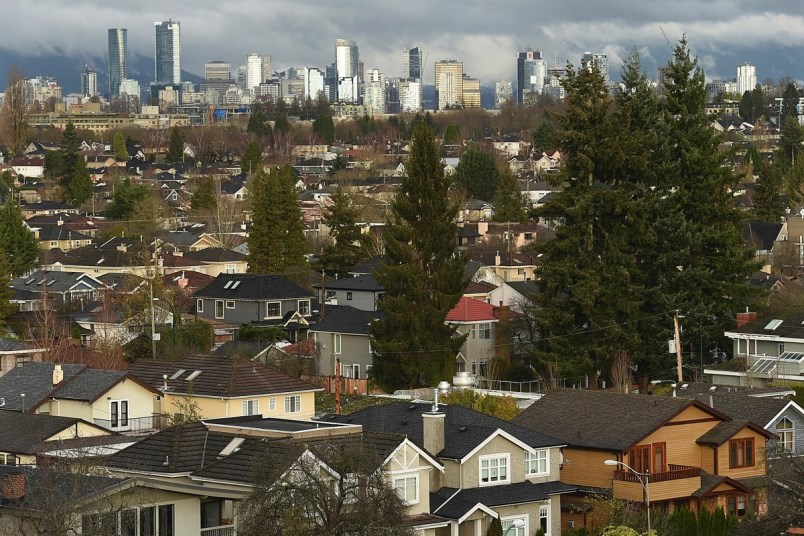Last Friday during a stag dinner at a Yaletown restaurant, a prominent lawyer named Grant asked me a question on the minds of many these days.
“Why is housing so expensive?”
Since my sable fish in miso arrived just as I was about to answer, rather than let it get cold, I promised to respond in this week’s Courier column. So this is for Grant and everyone else wondering the same thing.
There are many factors influencing the cost of housing. They include the impact of foreign buyers, taxation programs, lack of supply and inappropriately zoned land. However, it is useful to examine four other cost components: land, construction, soft costs and profit.
Let’s start with land costs.
Currently there are few undeveloped multi-family sites in Vancouver where more affordable forms of housing could be built. However, even if we could rezone single-family lots, the cost is going to remain high.
Currently, a larger East Side single-family lot, on which we can build a house, laneway unit and basement suite, might be worth $1.5 million
If we were to subdivide this lot in half to allow a duplex, assuming no increase in land value, the cost would be $750,000 for each unit. However, under current zoning, neither basement suites nor laneway houses would be permitted.
If we were to rezone and subdivide the property to allow three townhouses, the land cost alone would be at least $500,000. When you add in the other costs, this townhouse is going to cost well over $1 million.
Many years ago, we built small apartment buildings on 50-foot lots. However, even if we could put a 10-suite apartment building on this lot, the land cost for each apartment would be at least $150,000, and probably twice that on the West Side of Vancouver.
The point is, starting with the value of a single-family lot, even if we can rezone and subdivide to create new housing choices, we cannot create truly affordable housing.
Then there are construction costs, which have been escalating considerably. They include demolition, site remediation and oftentimes off-site costs, including infrastructure improvements. Construction costs vary by the form of development (e.g. single family, townhouse, apartment); whether the building is woodframe or concrete; the type of parking; the size of the units (the smaller the unit, the higher the cost per square foot); and the quality of finishes. Are there arborite or granite countertops, conventional or frameless shower stalls, etc.?
Another major cost category is “soft costs.” To start with, there is the expense of consultants (architects, engineers, landscape architect, geotechnical, environmental, building envelope, heritage and code consultants and surveyors whose bills may relate to 6 to 8 per cent of the construction costs.
Other costs include legal, insurance, appraisal, Home Owner Protection, overhead and project management.
Then there are the municipal fees including permits, development cost levies, community amenity contributions in the case of rezonings, engineering and hookup fees, administration and inspection, damage deposits and property taxes. These costs can vary considerably, but can be more than the consultant fees and other soft costs.
Another major soft cost is marketing costs and commissions. If the homes are going to be sold through a pre-sale program, these costs can be 2 to 4 per cent of sales revenues. Commissions are another 3 per cent of revenues. When you add this up, it often equates to 15 per cent of the construction cost or more than twice all the consulting fees.
On top of this there are financing fees and interest costs. Factors influencing these costs are the developer’s reputation, the amount of equity, interest rate, length of time for approvals and project costs.
Finally, there’s the developer’s profit.
Banks will generally not finance a project unless the financial proforma demonstrates at least 15 per cent profit on revenues or 17.5 per cent on costs. While some developers with excellent track records can proceed with lower profit margins, most cannot, or will not.
Many in the development industry are calling upon government to reduce many of its costs. But this raises a key question. Even if costs go down, will prices necessarily go down?
To my mind the answer is simple. Prices won’t go down unless there is sufficient competition in the marketplace. In other words, we also need to significantly increase supply.
Grant, does this answer your question?
geller@sfu.ca



